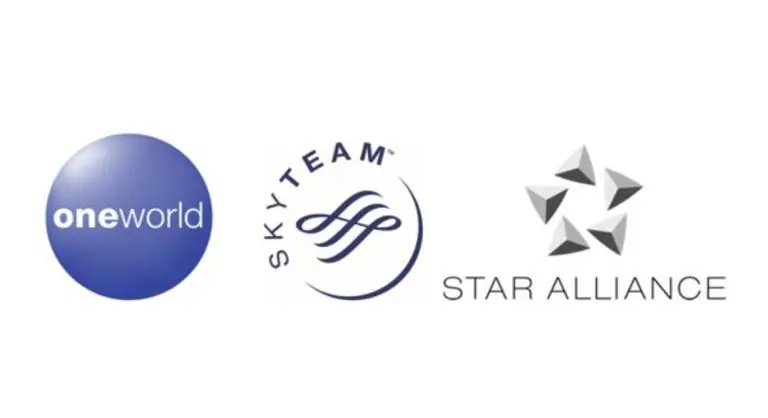Understanding Airline Alliances

Airline alliances are collaborations among multiple airlines designed to streamline travel for passengers by offering coordinated services, expanded route networks, and shared benefits. These partnerships enable travelers to book flights across various airlines under a single ticket, enjoy consistent service standards, and access a broader range of destinations.
The Three Major Airline Alliances
- Star Alliance: Established in 1997, Star Alliance is the largest and oldest of the three major alliances, comprising 26 member airlines. Notable members include United Airlines, Air Canada, Lufthansa, and Singapore Airlines. This alliance offers an extensive global network, facilitating seamless travel across continents.
- SkyTeam: Formed in 2000, SkyTeam consists of 20 member airlines, including Delta Air Lines, Air France-KLM, and Korean Air. SkyTeam emphasizes customer service and offers a wide range of destinations, particularly in Europe, Asia, and the Americas.
- Oneworld: Launched in 1999, Oneworld comprises 13 full members, such as American Airlines, British Airways, Cathay Pacific, and Qantas. This alliance focuses on providing premium services and a vast network covering key business and leisure destinations worldwide.
Benefits of Airline Alliances
- Expanded Route Networks: Alliances allow airlines to offer flights to destinations they do not serve directly by partnering with other member airlines, providing passengers with more travel options.
- Streamlined Travel Experience: Passengers can enjoy coordinated schedules, simplified check-in processes, and baggage handling across multiple airlines within the same alliance, resulting in a more seamless journey.
- Frequent Flyer Programs: Travelers can earn and redeem miles or points across all member airlines within an alliance, enabling them to accumulate rewards faster and access a wider range of benefits.
- Elite Status Recognition: Elite members of a frequent flyer program receive reciprocal benefits across the alliance, such as priority boarding, lounge access, and additional baggage allowances.
Recent Developments in Airline Alliances
The landscape of airline alliances is continually evolving, with airlines forming new partnerships to enhance their global reach. For instance, Delta Air Lines and Riyadh Air unveiled a strategic partnership to expand their networks, allowing passengers to access more destinations seamlessly.
Additionally, the entry of new players into existing alliances can significantly impact the competitive dynamics within regions. Qatar Airways’ acquisition of a 25% stake in Virgin Australia and the potential integration of Virgin into the Avios points program could challenge established frequent flyer programs like Qantas’ in the Australian market.
Maximizing Benefits from Airline Alliances
To fully leverage the advantages of airline alliances:
- Join a Frequent Flyer Program: Enroll in a member airline’s frequent flyer program to start earning and redeeming miles across the entire alliance network.
- Understand Elite Status Tiers: Familiarize yourself with the elite status levels and their corresponding benefits within the alliance to optimize your travel experience.
- Stay Informed About Partnerships: Keep abreast of new partnerships and changes within alliances, as these can affect route options, benefits, and overall travel planning.
Understanding the structure and benefits of airline alliances can help travelers navigate the global aviation network more effectively, enjoying a cohesive and rewarding travel experience.
